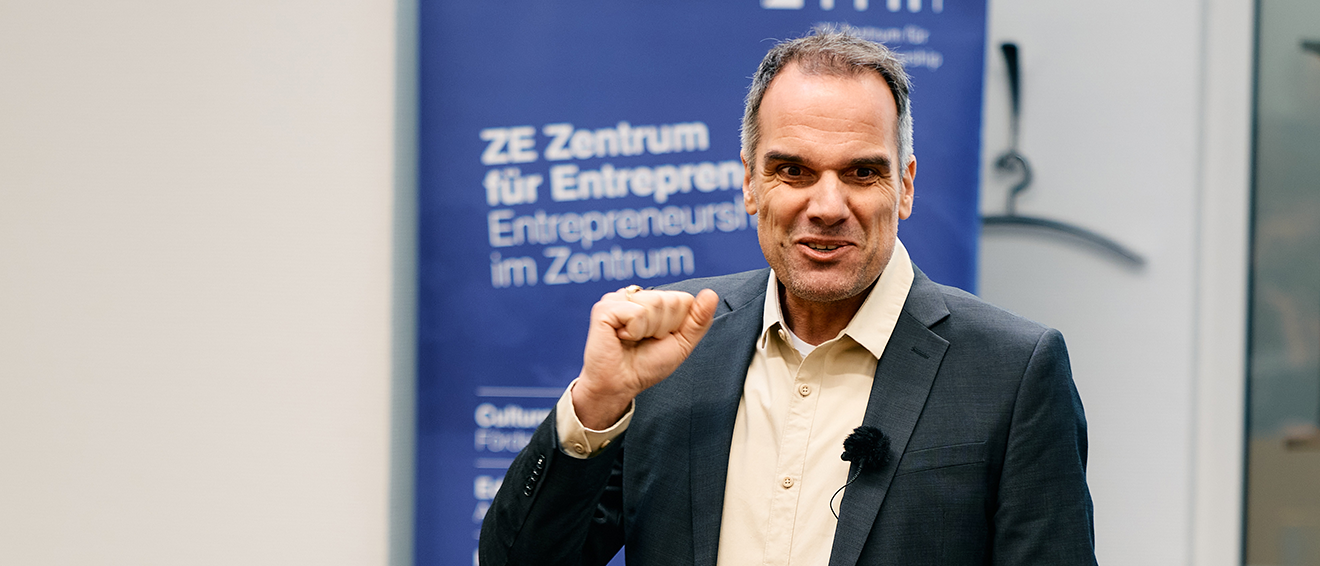Apple has unveiled new iPhones – the annual show with new colors, better cameras, enhanced sensors, this time supplemented by sustainability and CO2 neutrality. With all the beautiful marketing, you have to take a step back and look at the technical masterpieces we hold in our hands every day with our smartphones: the new A17 chip contains an incredible 19 billion transistors – in a “phone”!!!!
To be honest, I find it difficult to even imagine the figure of 19 billion, to form a clear picture of it in my head. Google has spit out that about 45,000 blades of grass grow on one square meter of lawn. 1 football field (100×50 meters) would then have 225 million blades of grass, and 85 such fields would then have said 19 billion. Does that help? I don’t know… my imagination stops there too. In any case, 19 billion is an incredibly large number.
And that’s how many transistors are now in every smartphone – with only a few atoms between them. Each of these transistors is there to switch between 0 and 1 and thus make calculations possible in the first place. These then calculate animations in apps, evaluate sensor data, simulate the bokeh effect (blurred background) in portraits, or – quite simply – retrieve our emails. Oh yes, you can also make phone calls…
For comparison: some of us may remember the Commodore C64 (3,510 transistors) from our youth, the Intel 386 with 275,000 transistors, or the 486 with 1.2 million. Even the Intel Core i7 (4770K), which is installed in many current notebooks, “only” has 1.4 billion switching elements and Apple’s M1 processor has 16 billion – and the iPhone 19 Pro now has 19 billion.
The performance of the engineers and computer scientists here is absolutely outstanding, both conceptually and in terms of production.
And if, in the end, users are happy because their pink iPhone now also portrays the cat on the sofa with a blurred background, or because games look even better thanks to ray tracing, and don’t notice any of the technical stuff under the hood, then the engineers and computer scientists have done a hell of a lot right here. Chapeau!
P.S.: Incidentally, this applies not only to Apple, but to all the modern smartphones and technical gadgets we carry around with us.
P.P.S.: sometimes I ask myself: if humans are capable of accomplishing such things, why doesn’t humanity manage to treat each other and the planet differently? But that’s really a completely different topic…




